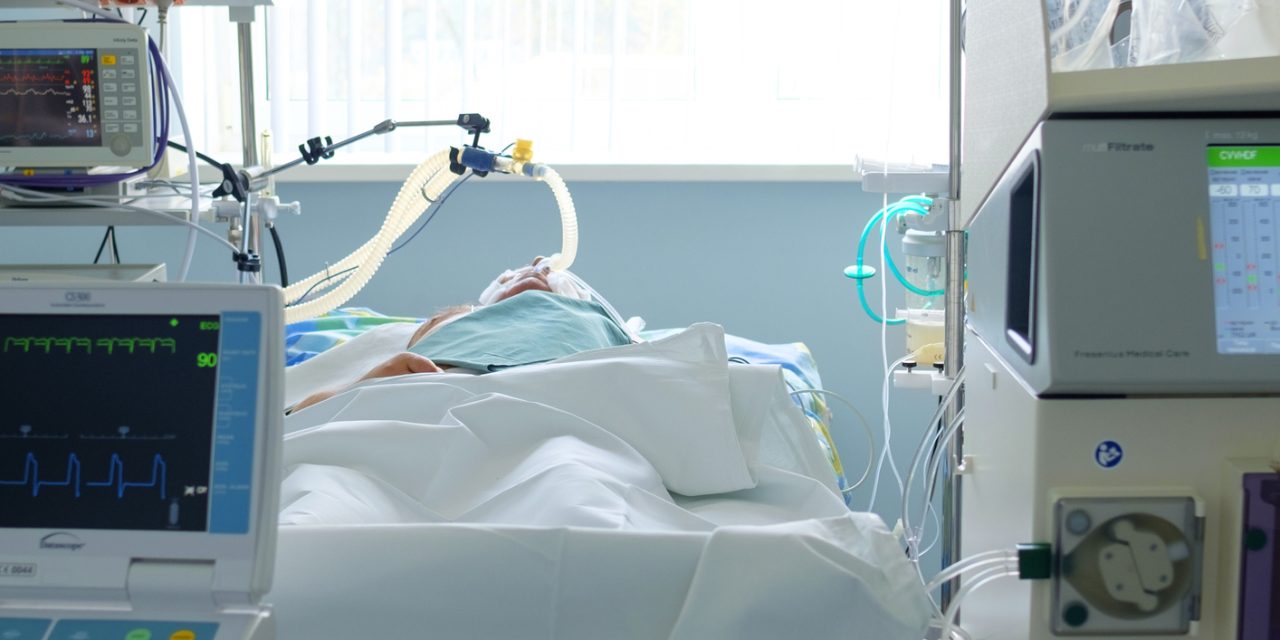It remains unclear whether extreme levels of blood urea nitrogen (BUN) and BUN to creatinine ratio (BUN/Cr) can increase future risk of stroke. We conducted this study to investigate the associations of BUN and BUN/Cr with incident stroke and its subtypes.
A total of 26,835 and 26,379 participants with a mean follow-up of 7.9 years were included to investigate the associations of BUN and BUN/Cr with incident stroke, respectively. Cox proportional hazard models were used to evaluate hazard ratios (HRs) and 95% confidence intervals (CIs) for incident stroke and its subtypes.
Compared with participants in the third quintile of BUN, the adjusted HRs (95% CIs) for participants in the lowest quintile were 1.21 (1.04-1.40), 1.41 (1.18-1.68) and 1.36 (0.97-1.91) for total, ischemic and hemorrhagic stroke, respectively; while for those in the highest quintile, the corresponding HRs (95% CIs) were 1.16 (1.01-1.32), 1.30 (1.11-1.53), and 1.24 (0.90-1.71). The associations remained robust when restricting the analyses to participants within clinically normal range of BUN. For BUN/Cr, compared with participants in the third quintile, participants in the lowest quintile had significant higher risks of stroke (HRs [95% CIs] were 1.19 [1.04-1.37], 1.26 [1.07-1.48], and 1.22 [0.90-1.67] for total, ischemic and hemorrhagic stroke).
Both high and low levels of BUN were associated with higher risks of total and ischemic stroke. Low level of BUN/Cr was associated with excess risks of total and ischemic stroke.
Copyright © 2021 The Authors. Published by Elsevier B.V. All rights reserved.
Blood urea nitrogen, blood urea nitrogen to creatinine ratio and incident stroke: The Dongfeng-Tongji cohort.


